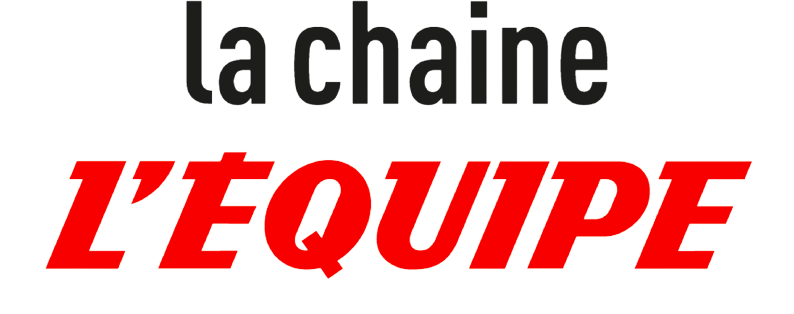Transport over IP

What are we talking about ?
In recent years, there has been a notable shift in the broadcasting industry when it comes to IP based transmission for contribution purposes. The emergence of the public internet as a significant medium for contribution transmission, alongside traditional satellite based transmission, represents a fundamental change in the collection and delivery of media content for primary distribution.
With the availability of various technologies, contribution solutions need to be adaptable to cater to multiple methods of sending and receiving contribution feeds. The diagram below illustrates the multiple points of emission and reception to reach the distribution to the end user/viewers starting point (also known as the output of the playout).
Key challenges
The current trend in broadcasting involves the multiplication of contribution streams that need to be transported from the live event site to the distribution starting point. Let’s take the example of a soccer match broadcast to illustrate this.


More and more streams
In the past, there was typically one main stream that was transported via satellite and broadcast through traditional networks. However, in today’s broadcasting landscape, along with the premium feed that is still likely to be transported through satellite, there are also multiple secondary feeds. These secondary feeds include players’ interviews, complementary camera feeds, behind-the-scenes footage from the changing room, and more. These additional feeds are often transported through public internet or fiber dedicated networks.

Cost-effectiveness necessity
The increasing number of feeds presents a challenge in terms of transmission costs. With more feeds to transport, the overall cost of transmission can become significant. Therefore, there is a need to find ways to reduce these transmission costs. To address both the multiplication of feeds and the need for cost reduction, smarter, scalable, and more efficient broadcast workflows are required. These workflows should be able to handle the growing number of feeds while optimizing the use of resources and minimizing costs. By developing such workflows, broadcasters can effectively manage the multiple contribution streams and ensure a seamless and cost-effective broadcasting experience.


Download our White Papers
How BBright can help you ?
In order to effectively support our customers in the face of these continuously evolving challenges, BBright provides a comprehensive range of solutions designed to optimize the transport of any contribution streams, all with key strengths in common: reliability, scalability, and density.
Contribution Decoder
One of our flagship solutions is the BBright Decoder solution. This solution enables the reception of occasional or permanent contributions through TSoIP/ASi/SRT/RIST protocols, and supports decoding into SDI or 2110 formats. Thanks to its high density (up to 1 or 2 UHD or 4 or 8 HD simultaneous decoding capacity), our customers can seamlessly receive and process contribution streams, ensuring seamless integration into their broadcasting workflows.
More detailsContribution Encoder
To complement our offering, we also provide BBright Encoder, which offers SDI/2110 to TSoIP/SRT/RIST conversion capabilities. With support for up to 8 encoding channels, this encoder is specifically designed to bring the contribution stream from live sports events to primary distribution facilities located at broadcasters or network operators’ nodal points. By leveraging this solution, our customers can ensure efficient and high-quality transport of their valuable content.
More detailsIP Gateway
Furthermore, our BBright IP Gateway is a powerful tool for managing incoming and outgoing streams over public internet connections. This gateway enables TSoIP/SRT to SRT/TSoIP conversion and comes equipped with unique visual input.







